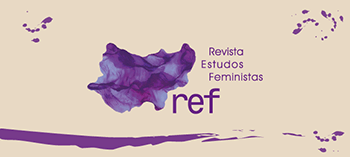The municipality of Camalaú, in the Paraiban Cariri, is known for its production of renaissance lace. This activity is of great economic importance in the region, evidenced by, among other things, the quantity of women who work in the lace production. Data from the Banco do Nordeste (Northeastern Bank) report four thousand women dedicated simultaneously to family farming and crafts. Because of factors such as lack of public policies for family farms, land tenure concentration and the worsening of conditions for the reproduction of agriculture in drought periods, craft production has increased in the region. Observation shows that men have a relevant participation in lace production, even though it is considered a women's activity. This article examines craftwork as an income source, wrought with meanings from gender relations, emphasizing that the activity is of men and women whose daily activities link work, child socialization and play.
Handicrafts; Gender; Work
